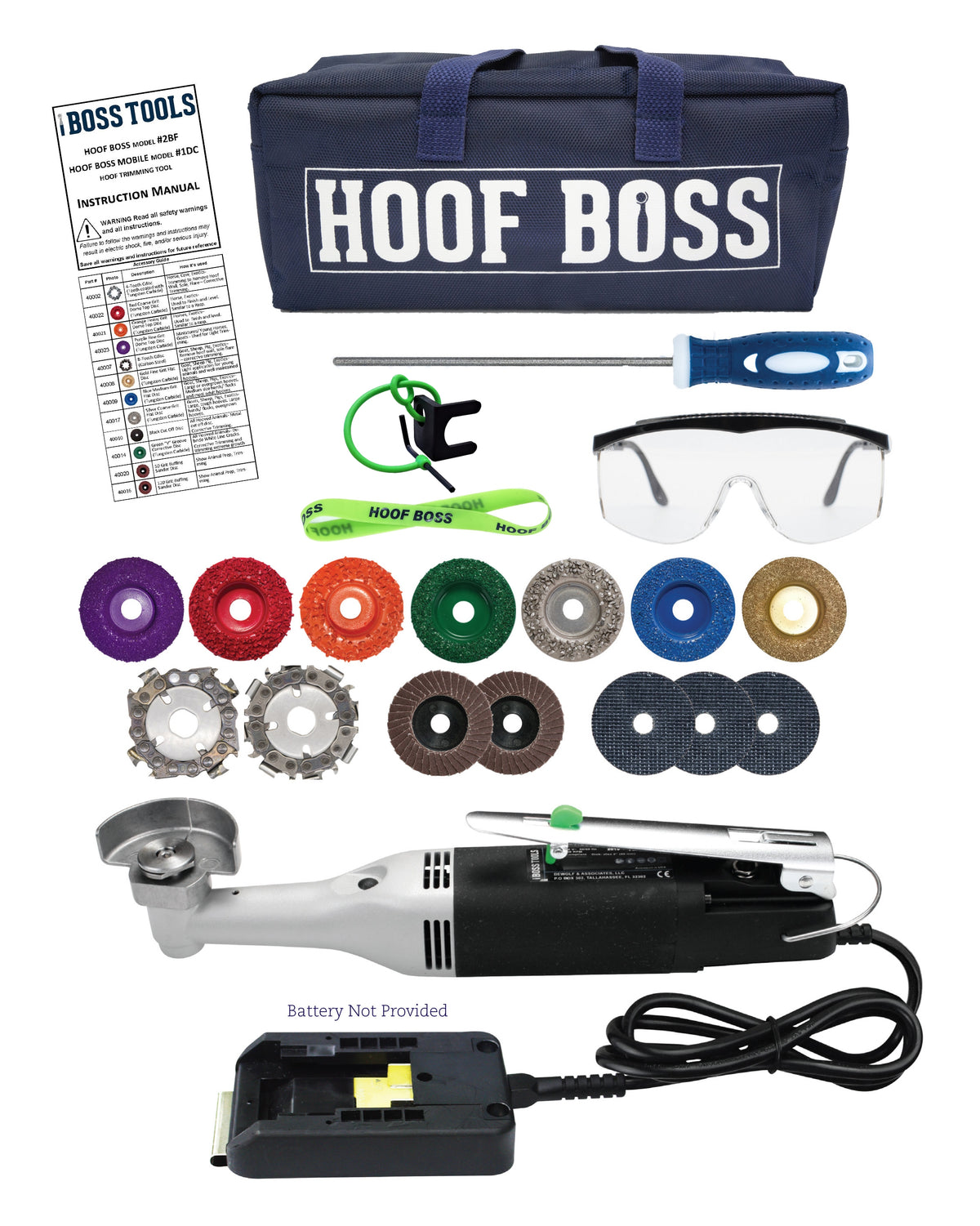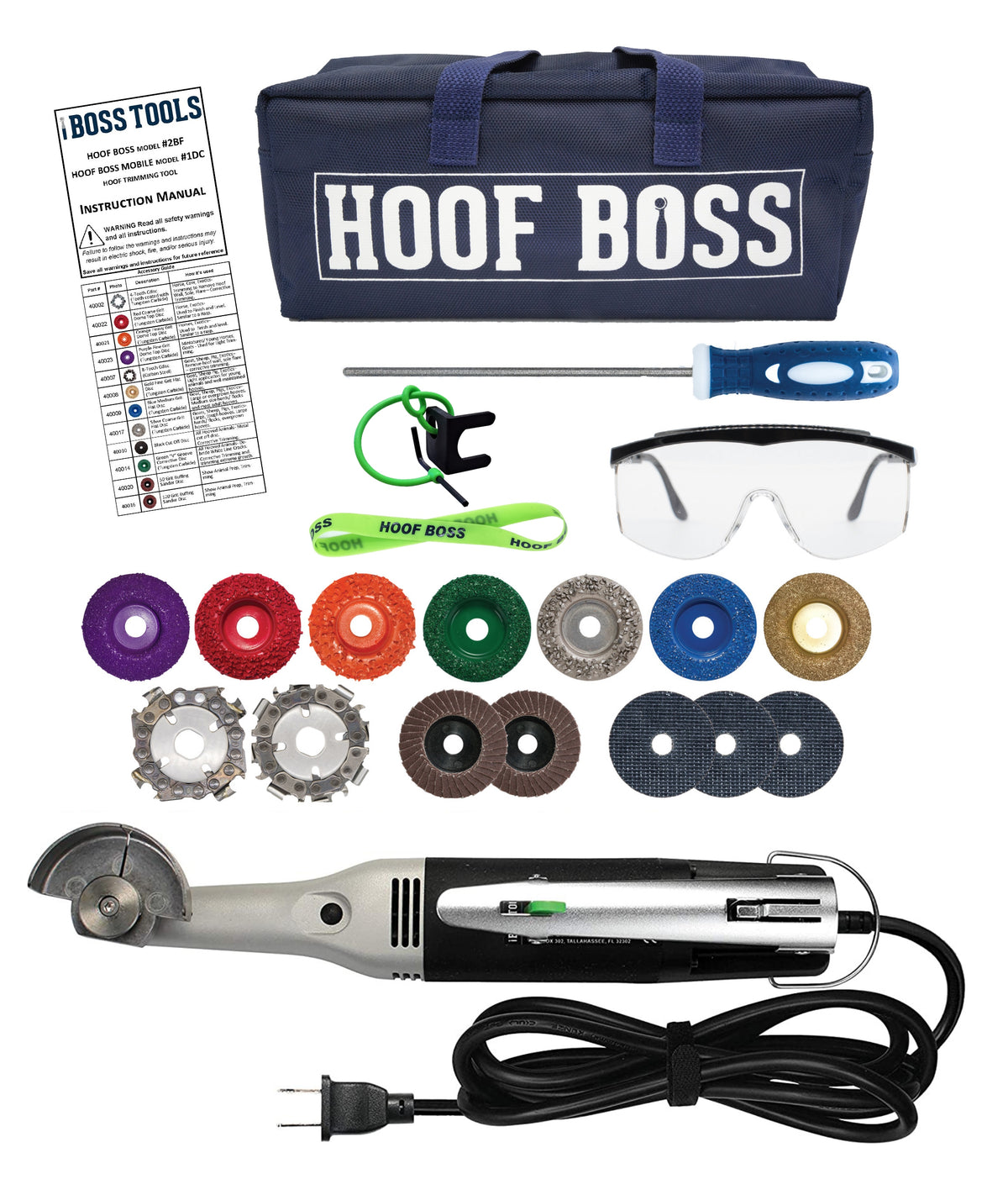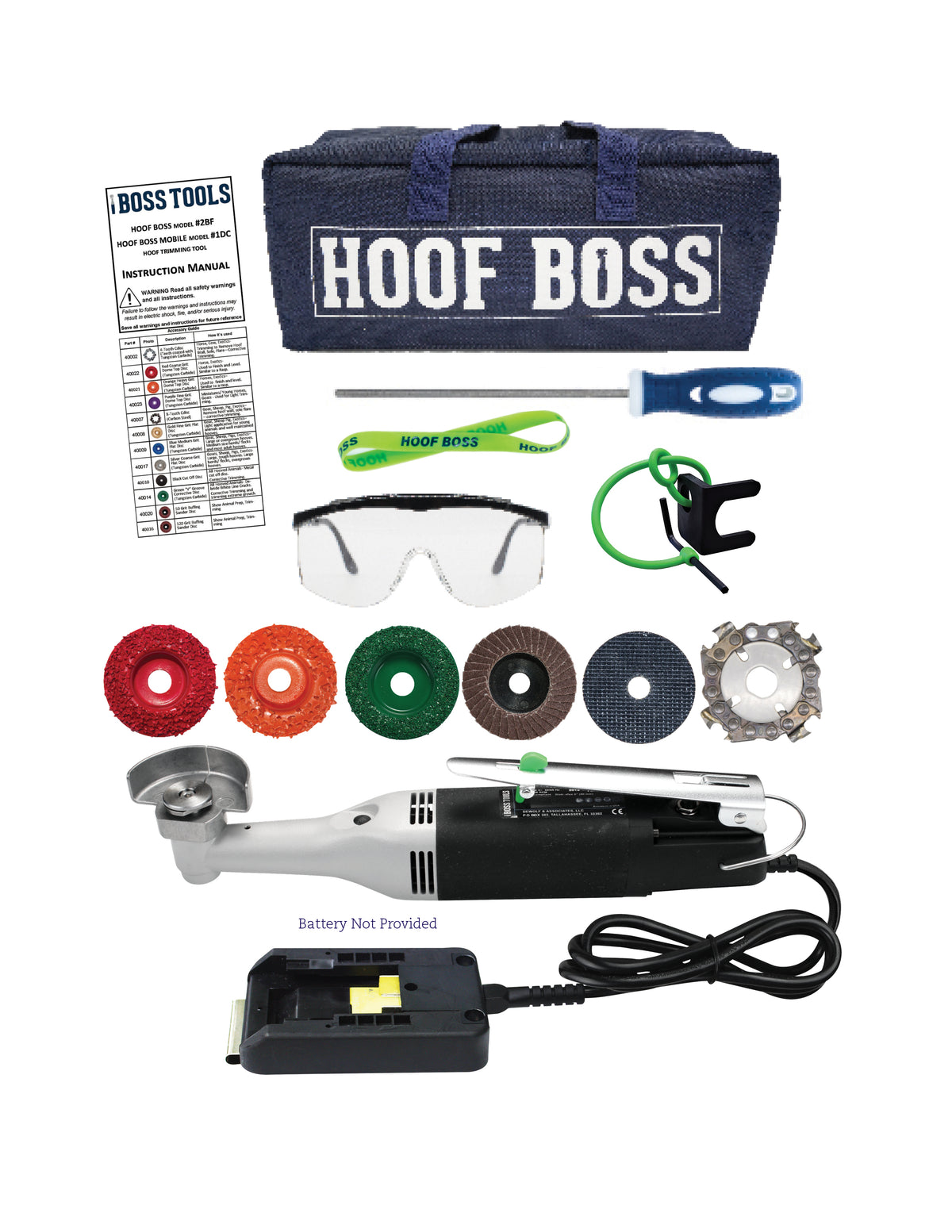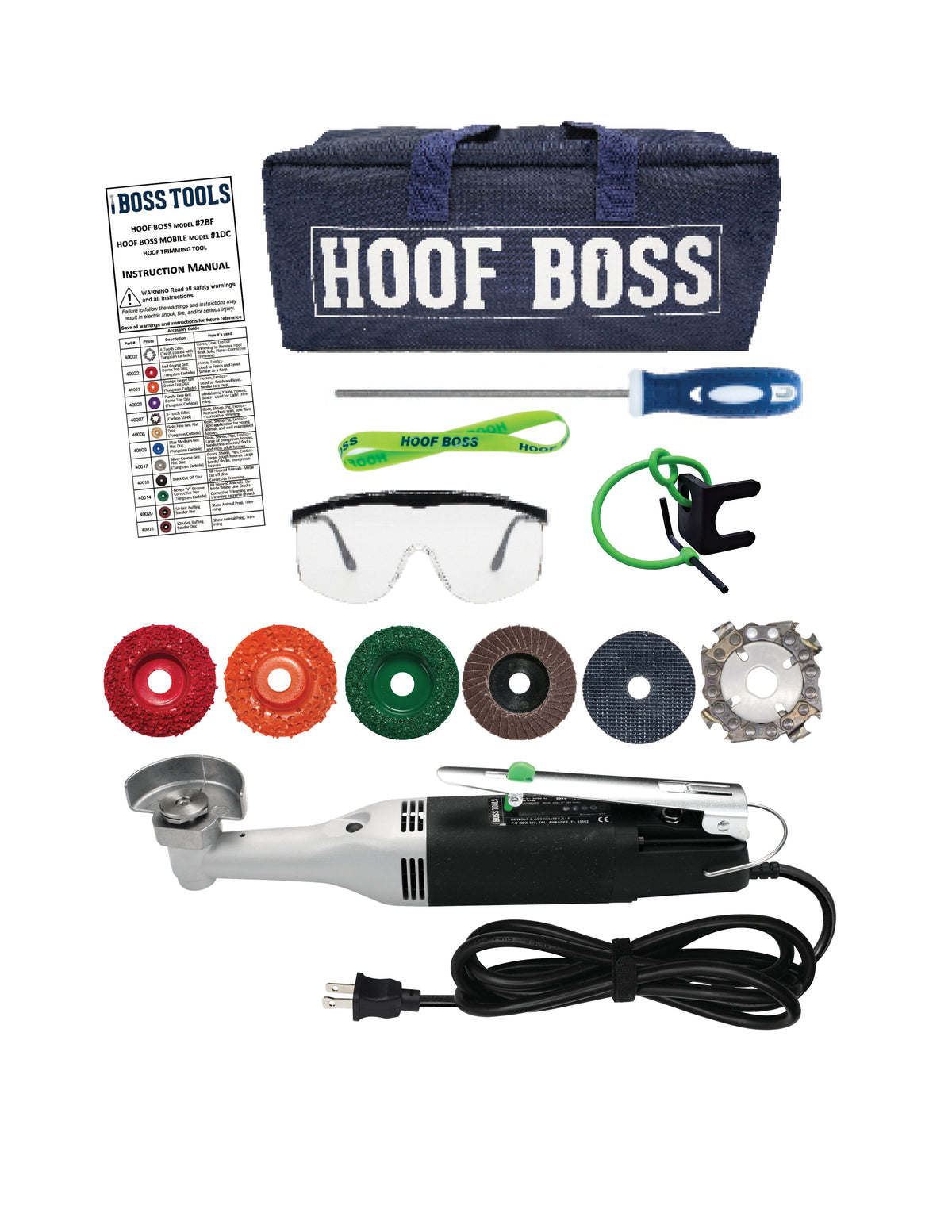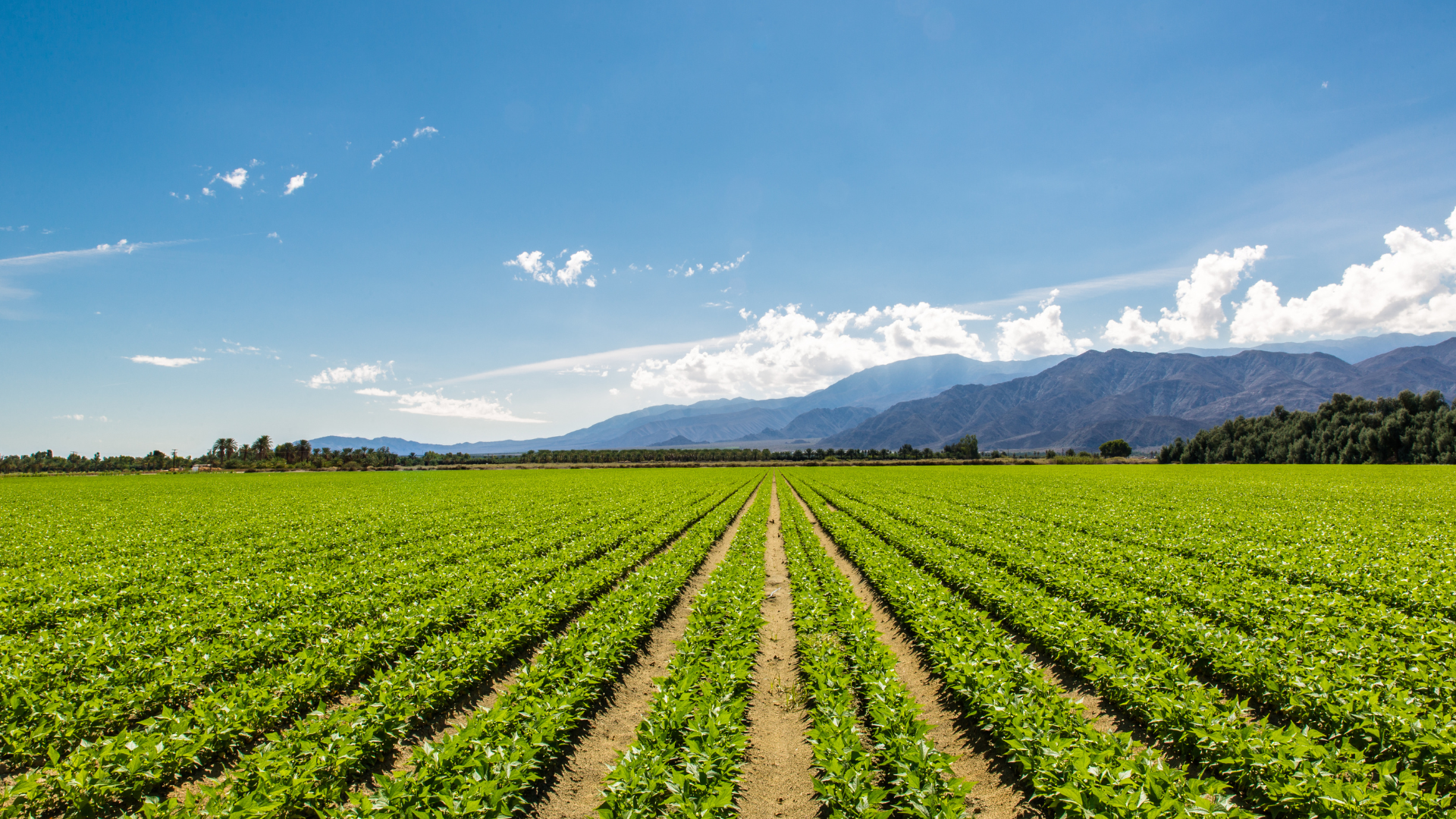Nutrition for the fall
During the fall, vegetable growth decreases while the need for better nutrition increases. The colder weather, breeding practices, and instinct of your goats cause an increased need for better nutrition and food security. Read about choosing the best nutrition for your goat here.
Depending on the condition of your goat and what stage of life it’s in, nutritional needs will vary. Pay attention to your goat’s weight, level of activity, age, and any other indicators of a need for a modified diet to make it through the fall.
Make sure your goats have shelter
During the colder months, shelter from wind and rain is essential. Ideally, this would mean putting your goats inside an insulated barn or introducing a heat source into their environment. A three-sided structure may also suffice depending on the region you’re located in.
Predators also become more desperate during this time of the year, meaning you should double-check that your goats are properly enclosed and protected from dangerous animals.
Keep your pen clean
As your goats begin to spend more time in their pen, keeping their area clean and open can help them feel more at ease, prevent the spread of parasites, and even promote good hoof health. Make sure to keep the pen dry and replace the bedding when needed.
Lice are also a common concern for goats during the colder months. Left unchecked, this can lead to anemia, problems with the coat, and skin irritation. Having a routine that ensures you regularly check your pen and clean it is essential.
Make sure your goats have fresh water
Excessive rain can pollute water during the fall, lead to algae growth, and create dangerous conditions for your goats when left unchecked. As a rule of thumb, you should routinely refill and change out the water you use for your goats.
Rainwater can harbor harmful contaminants that you don’t want anywhere near your precious goats. Keep your goat’s water source away from the weather and consider using an automated water dispenser.
Hoof care and trimming like a Hoof Boss
Proper hoof care during the fall is important because goats will be spending spend less time outside. As you might already know, a goat’s hooves never stop growing, and typically, being allowed to graze outdoors is what naturally slows growth.
During the fall, your goat’s hooves will need regular trimming every 2-4 weeks. You can use an electric goat hoof trimmer to get this done quickly, which can be especially useful if you’re looking after more than a few goats. With proper hoof care, you can keep your goats healthy through the fall.
